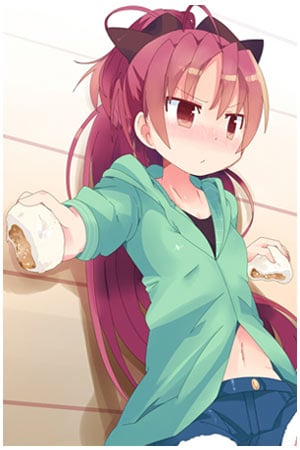When you start to learn a language as separate from English as Japanese as, you naturally expect some things to be different. Japanese has a different word order, uses kanji characters alongside Japanese grammar constructions in a way that’s similar to how English is augmented by Latin and Greek loan words, and is “agglutinating,” which just means information like past tense, passive voice etc. is often encoded into a verb conjugation rather than using confusing helping verbs. (This means that horrible sentences like “all the faith he had had had had no effect on the outcome of his life” can’t exist in Japanese.) One thing I was surprised by was Japan’s creative use of “sound words.” All languages have onomatopoeia, and Japanese is richly stocked with words like ざあざあ zaa zaa, the sound of rain pouring down, or しんしん shiin shiin, what frosty snow sounds like when falling. But they take it up a notch, assigning sounds to abstract things like niko niko, the “sound” of smiling, where Nicodouga gets its name from; paku paku, eating very quickly, the origin of Pac-man’s name; pera pera, the sound of someone speaking a foreign language fluently; and kyoro kyoro, the sound of a person’s eyes moving from left to right as he looks for something. Some of these sound words can be quite colorful, for example もっこり mokkori is the “sound” of something like a hill sticking up suddenly in the landscape…as well as a certain state men find themselves in in the mornings, and くぱぁ kupaa is the sound of a certain anatomical region opening. (The link is safe for work, though weird as hell).

Kyoro kyoro is the sound of eyes looking around, perhaps at other girls.















